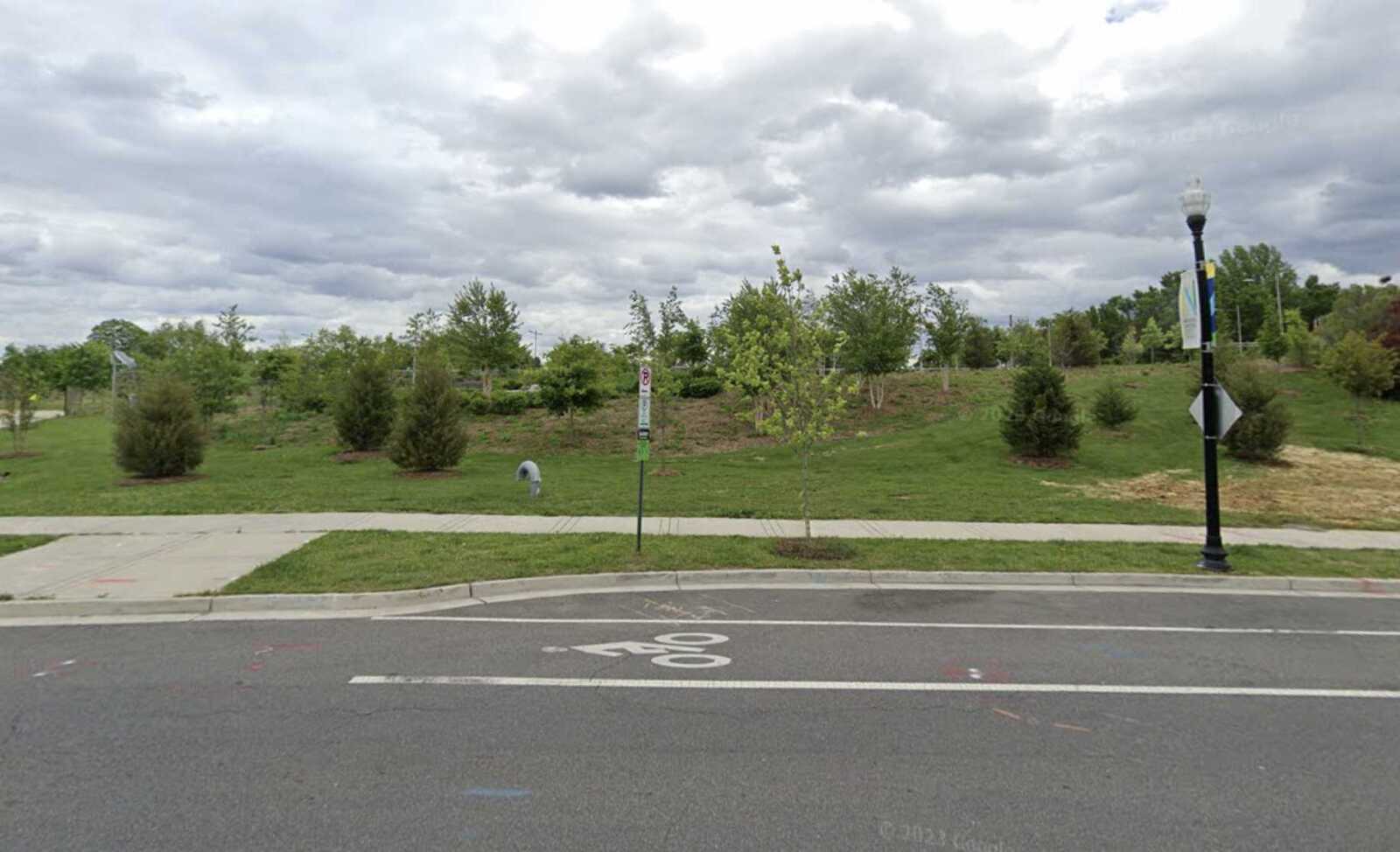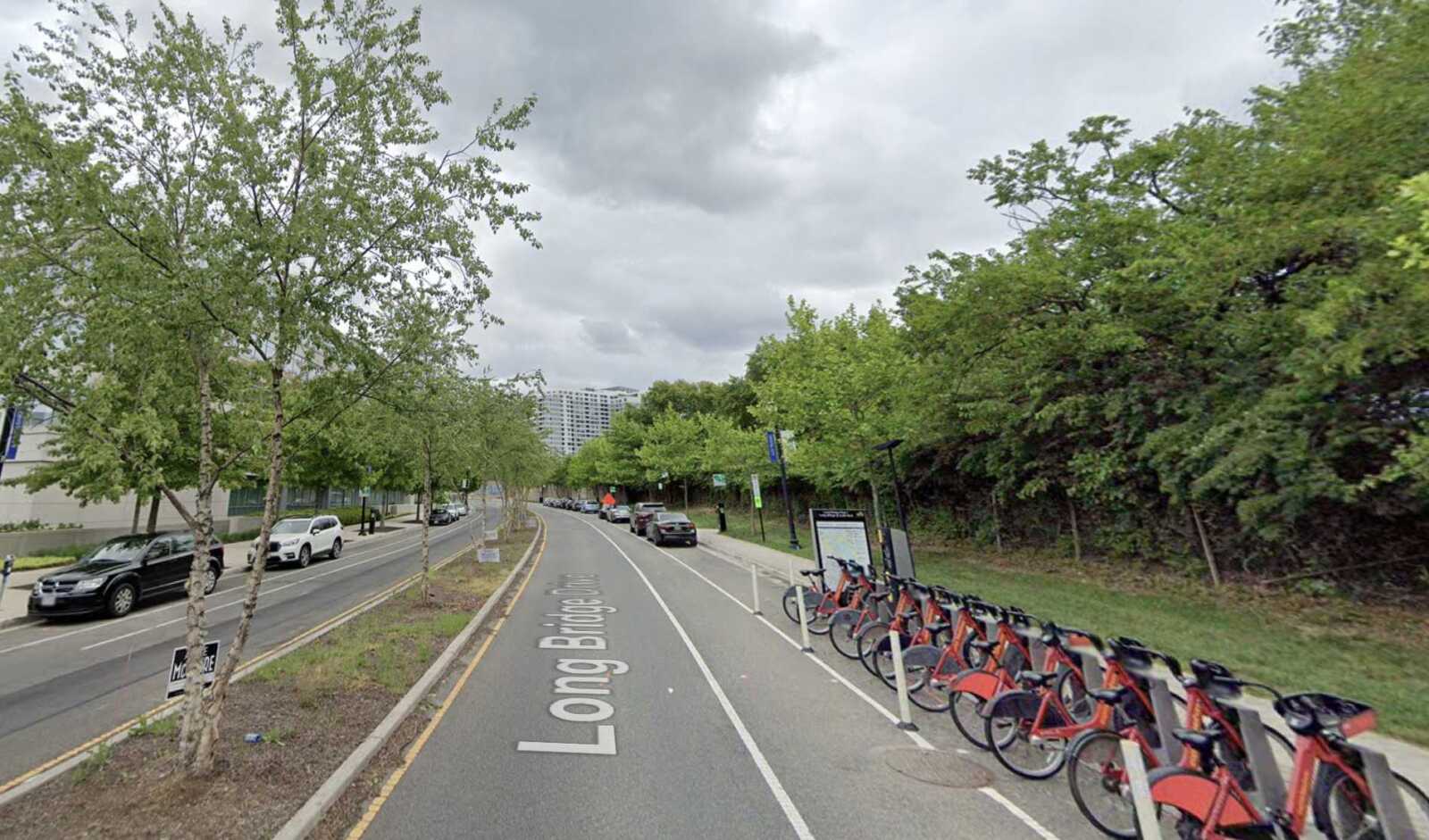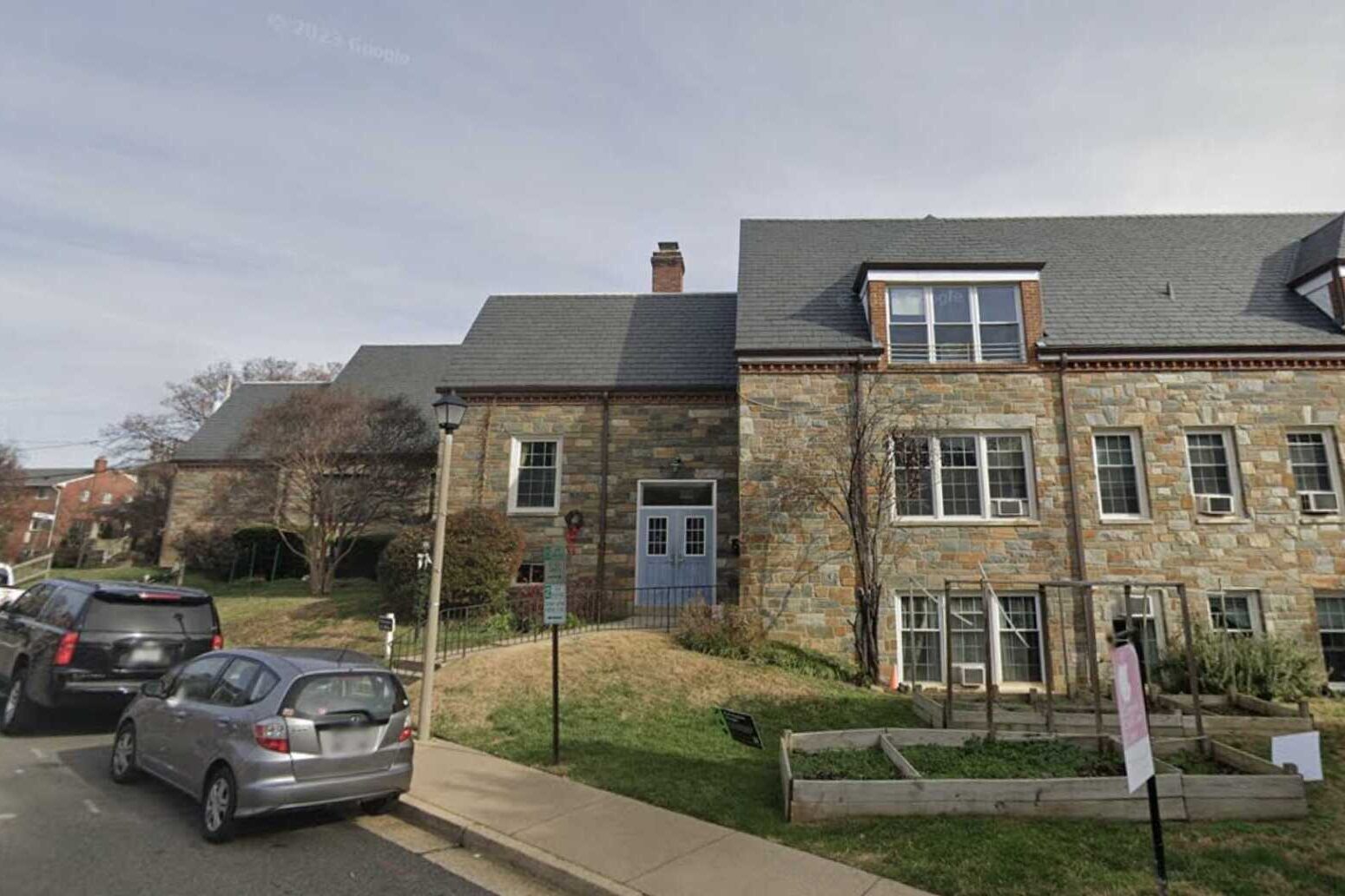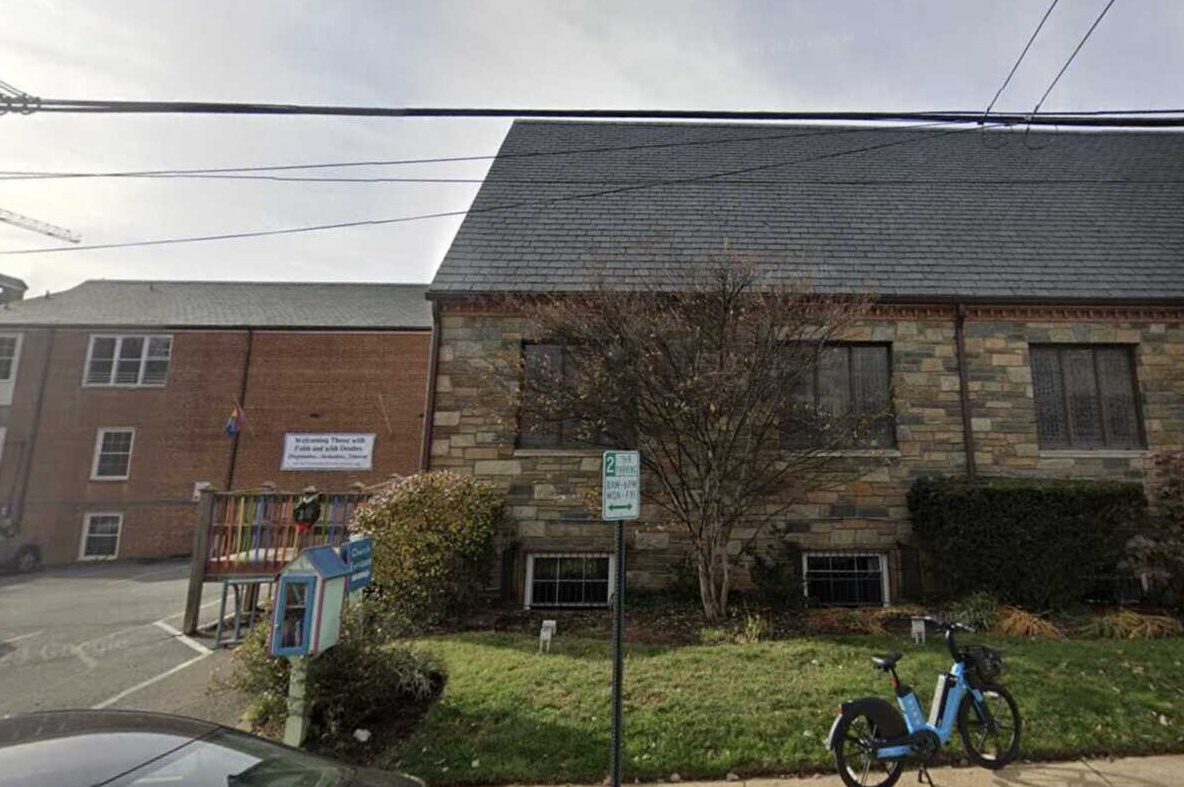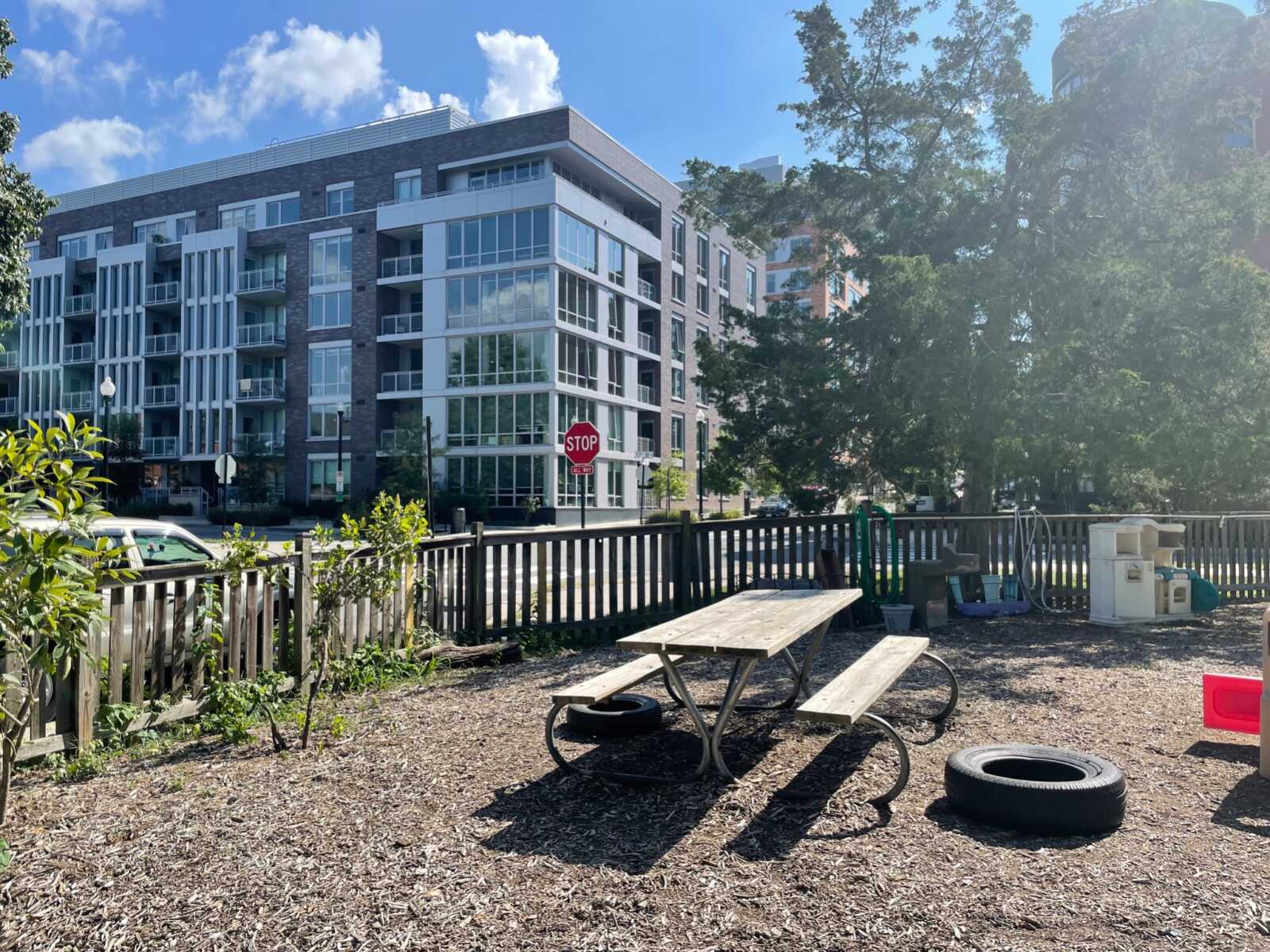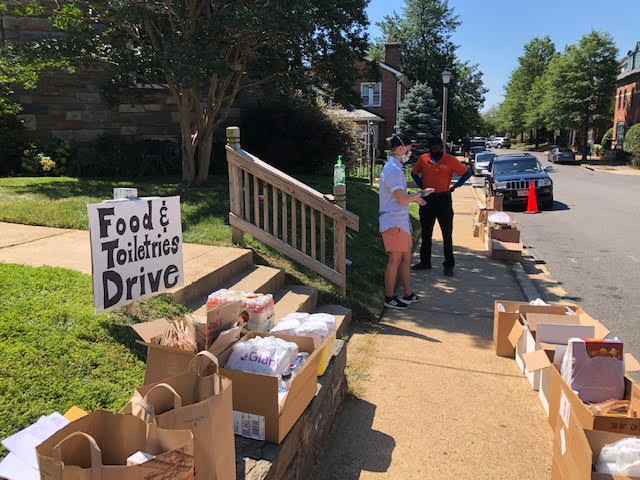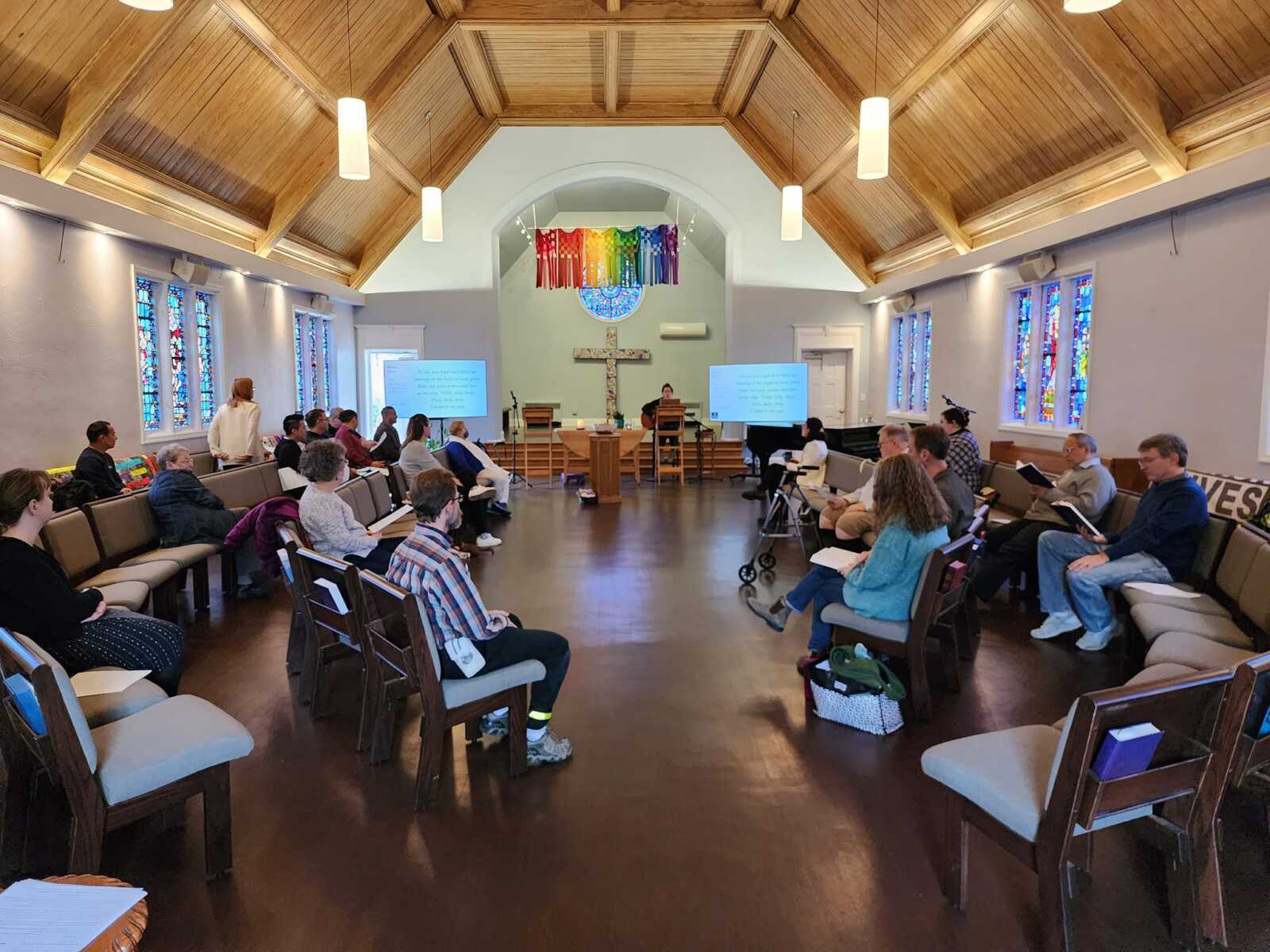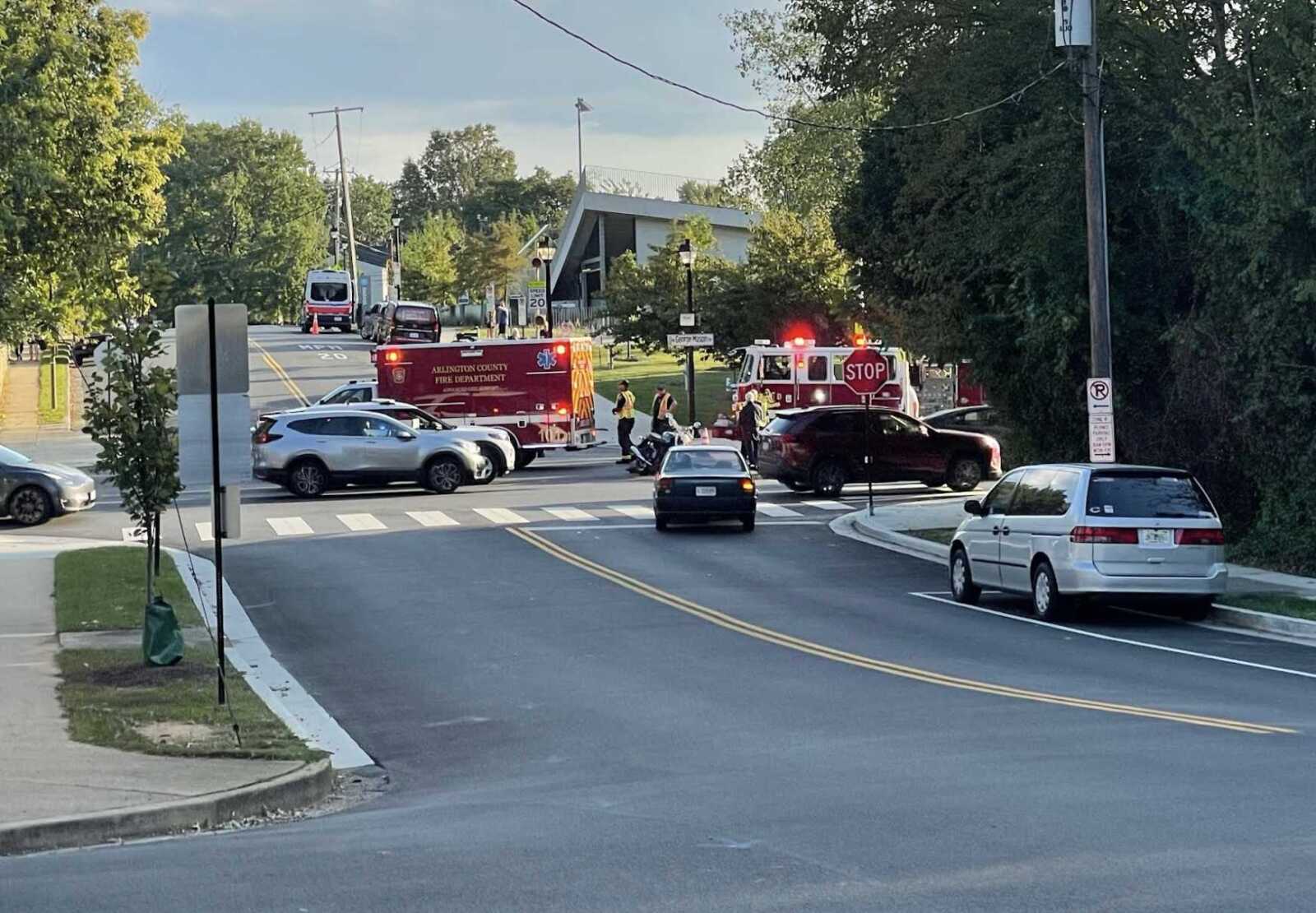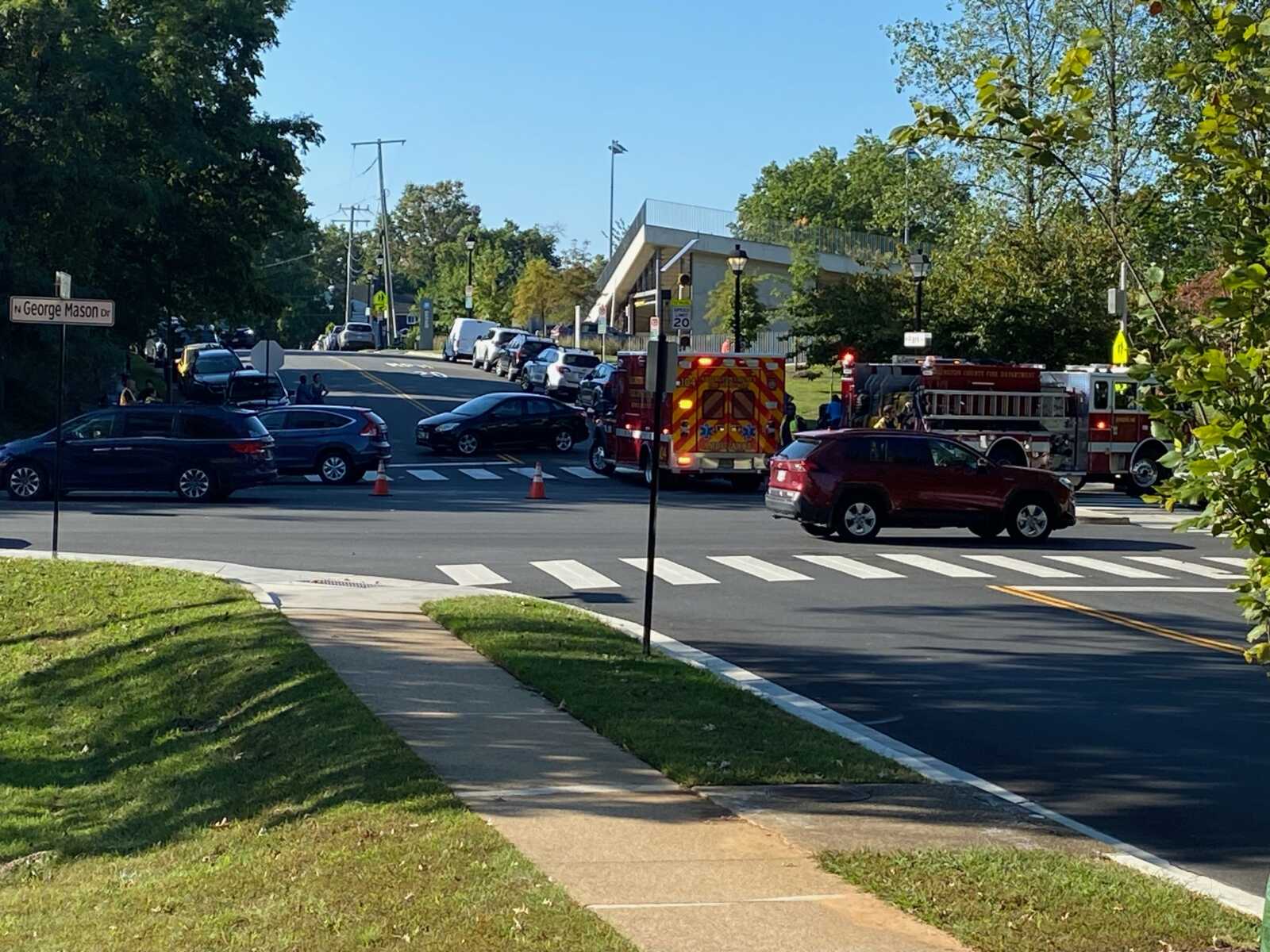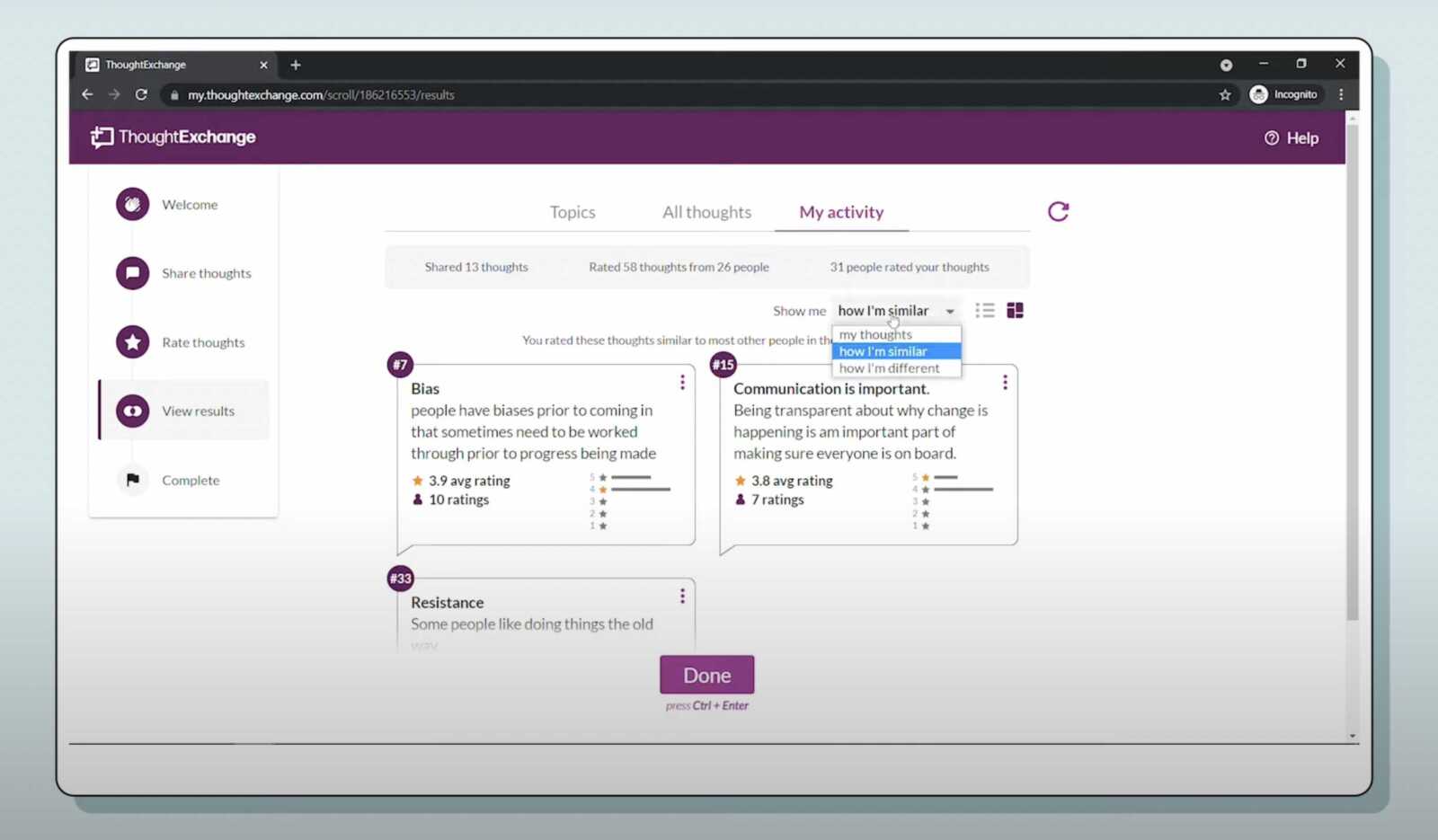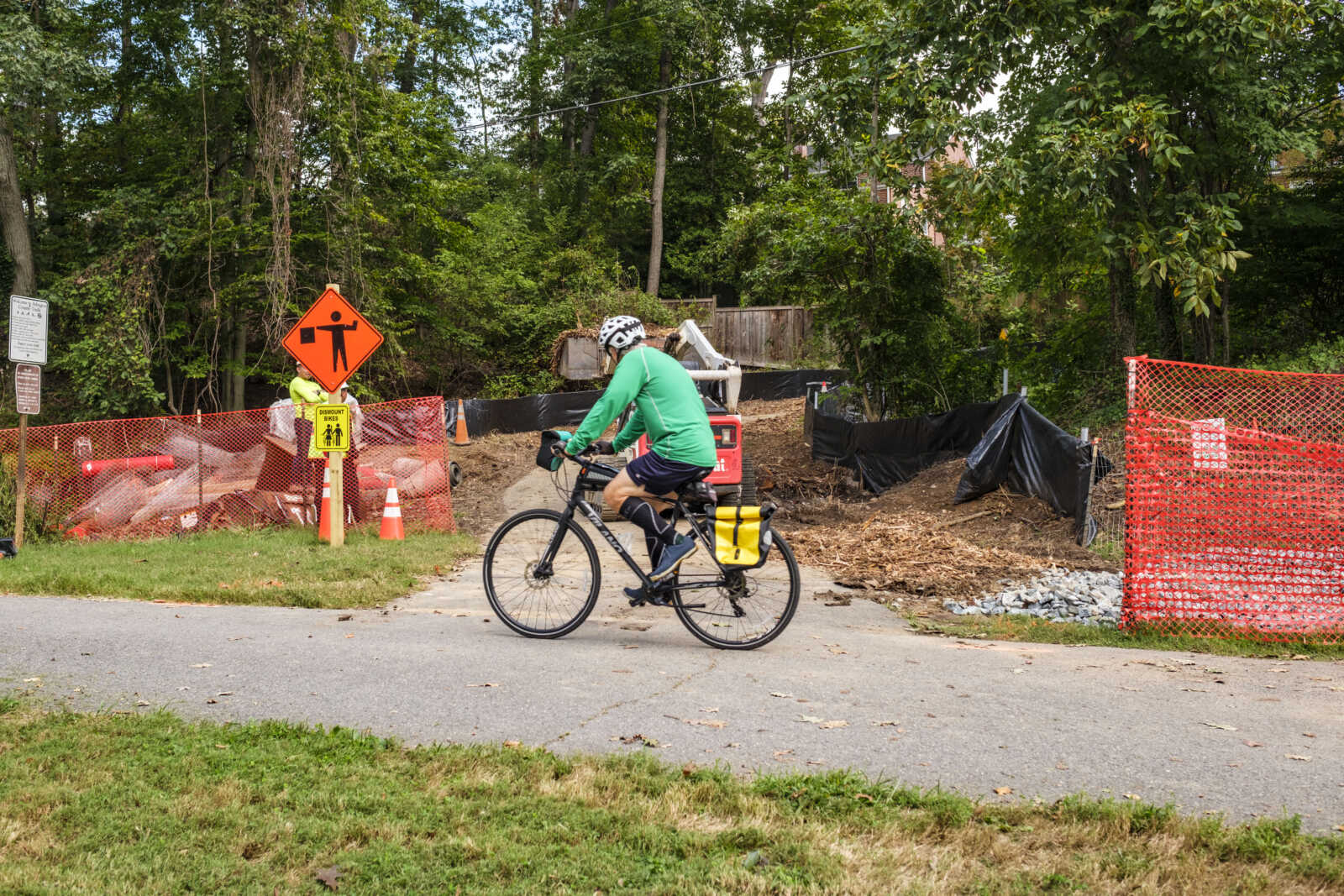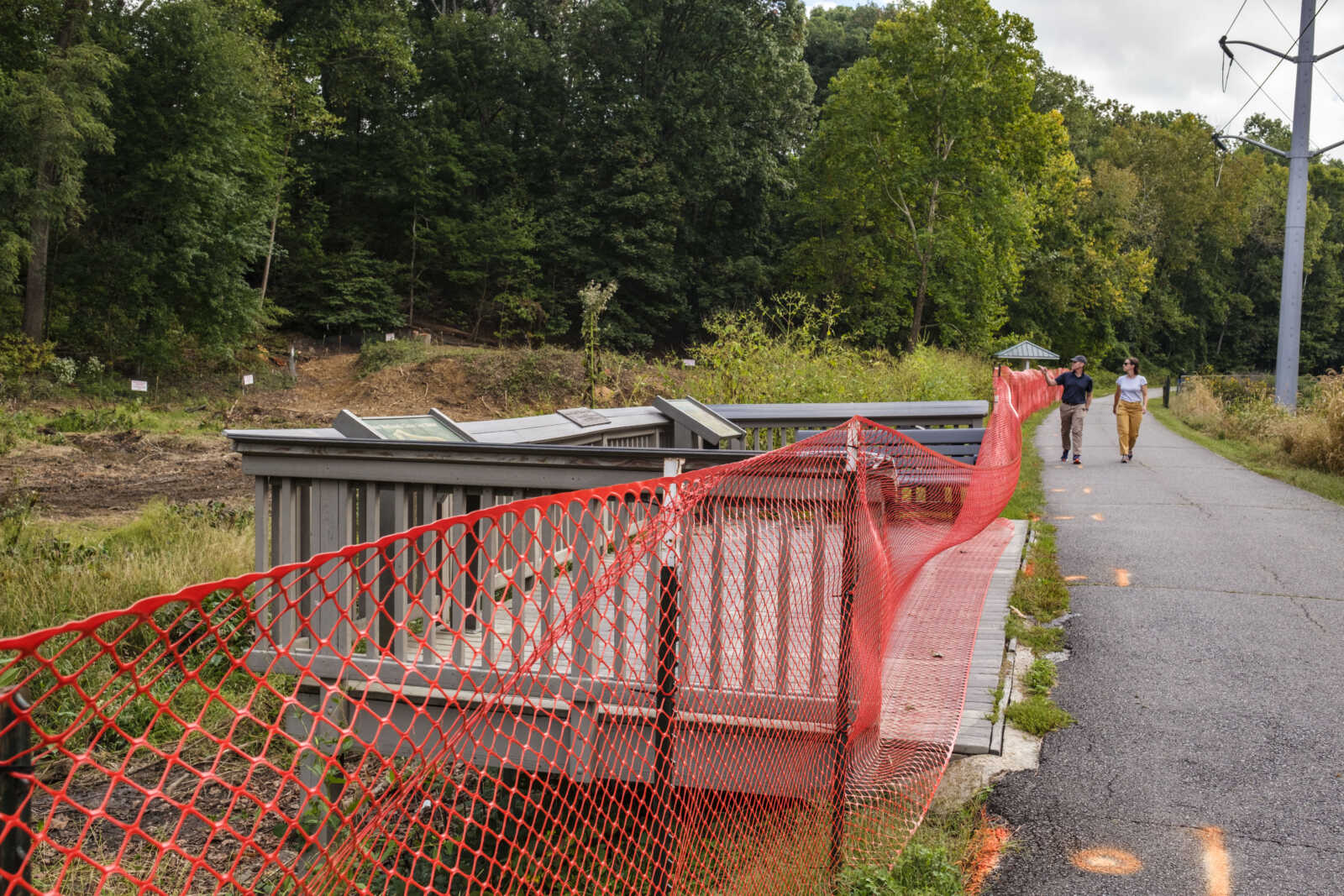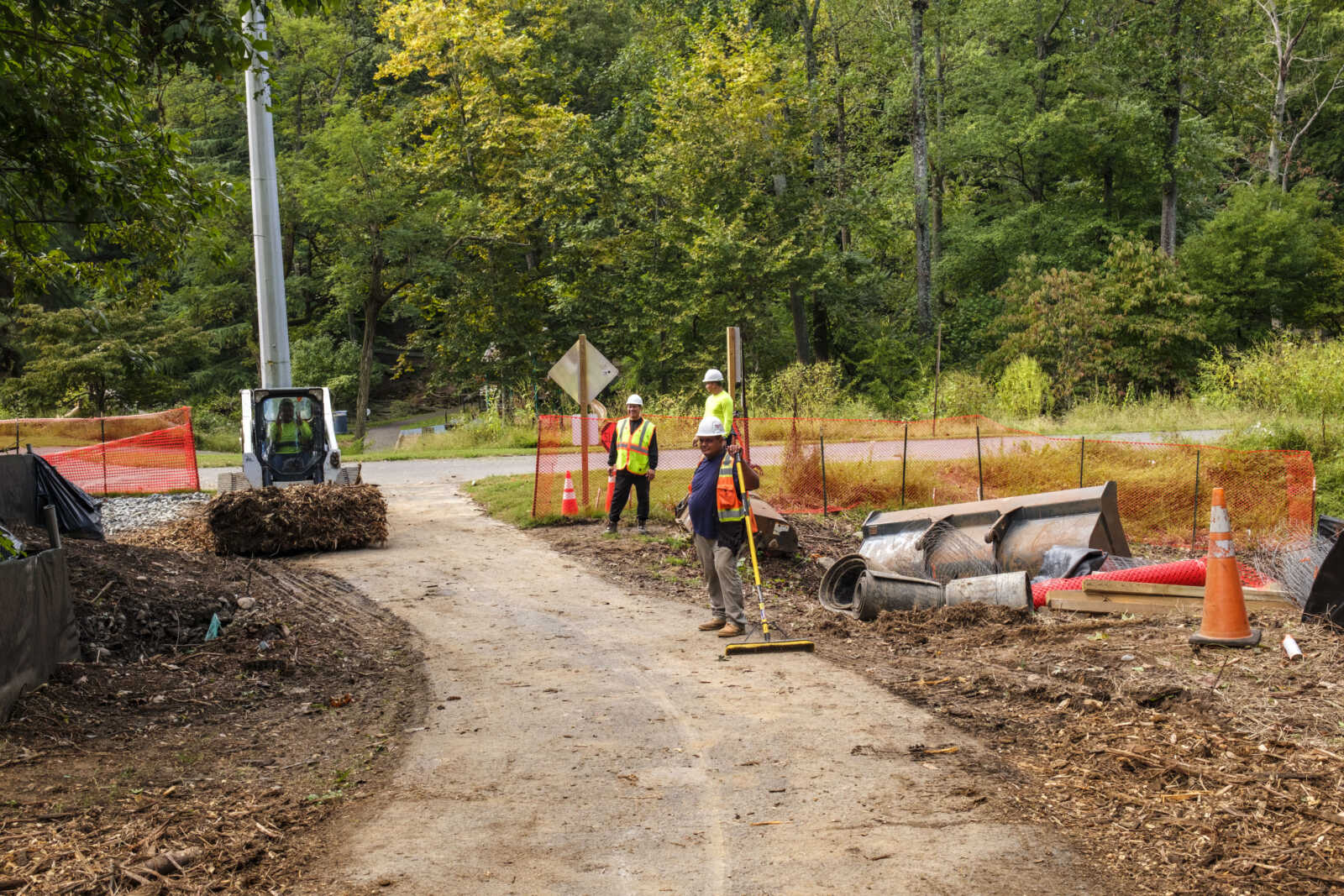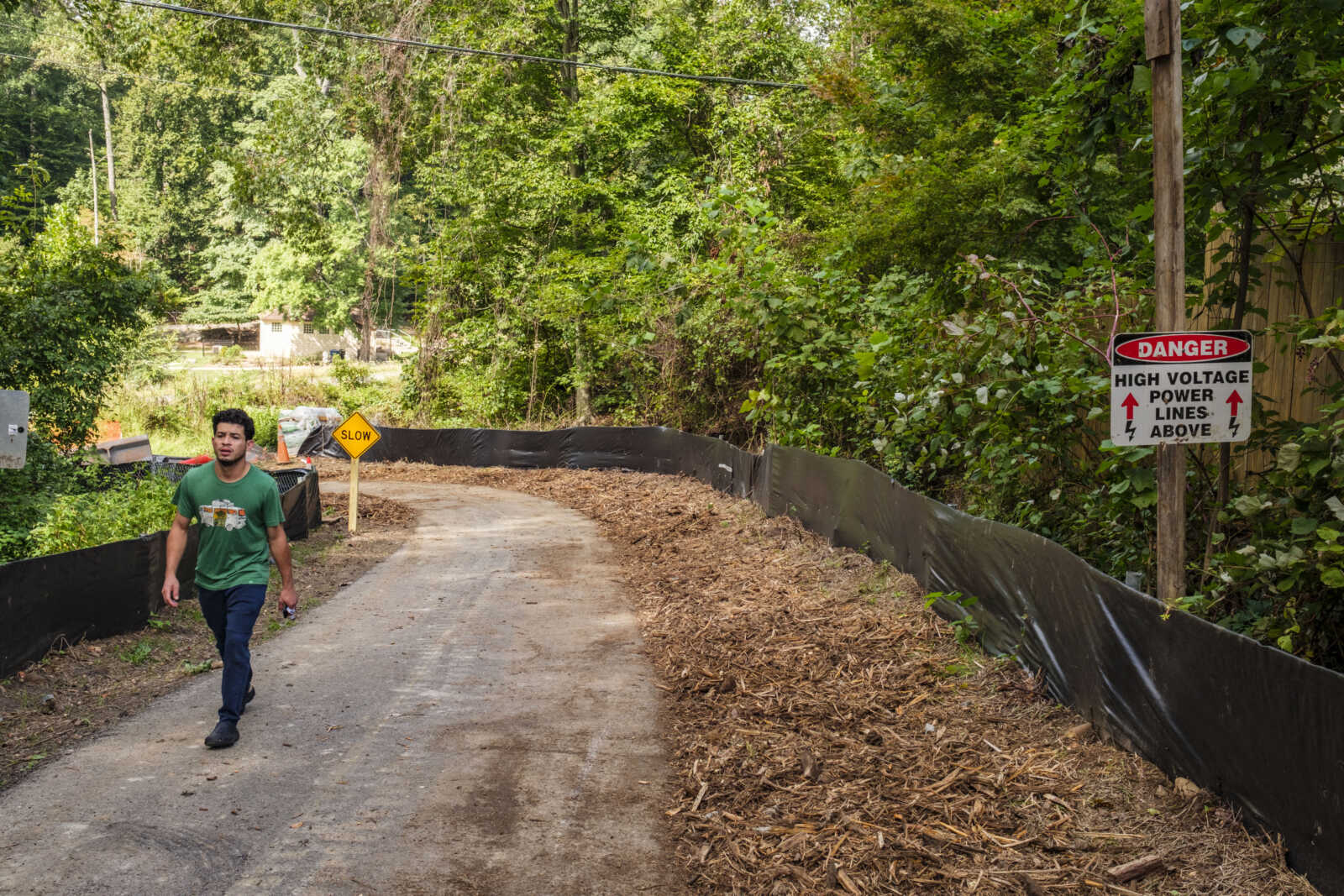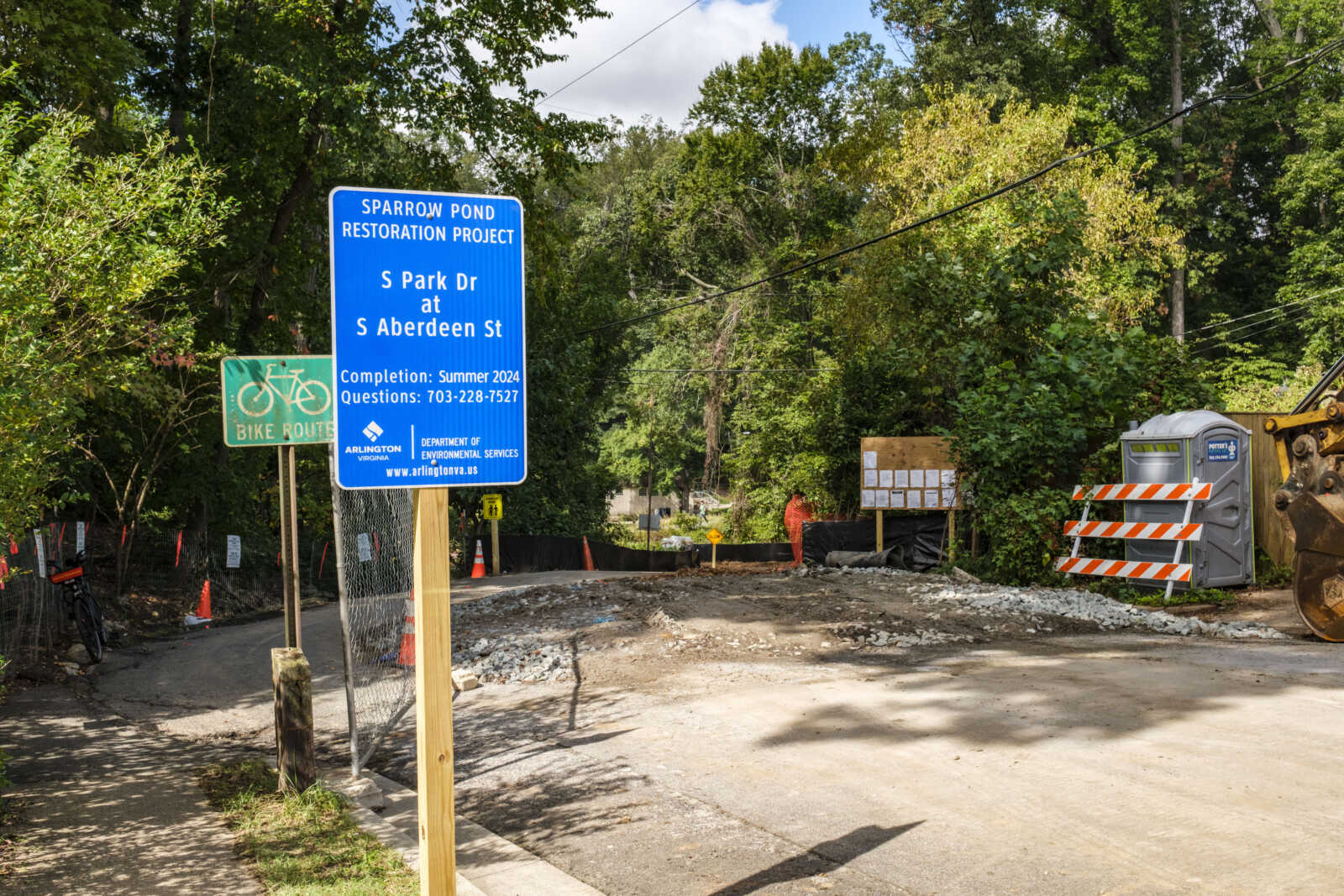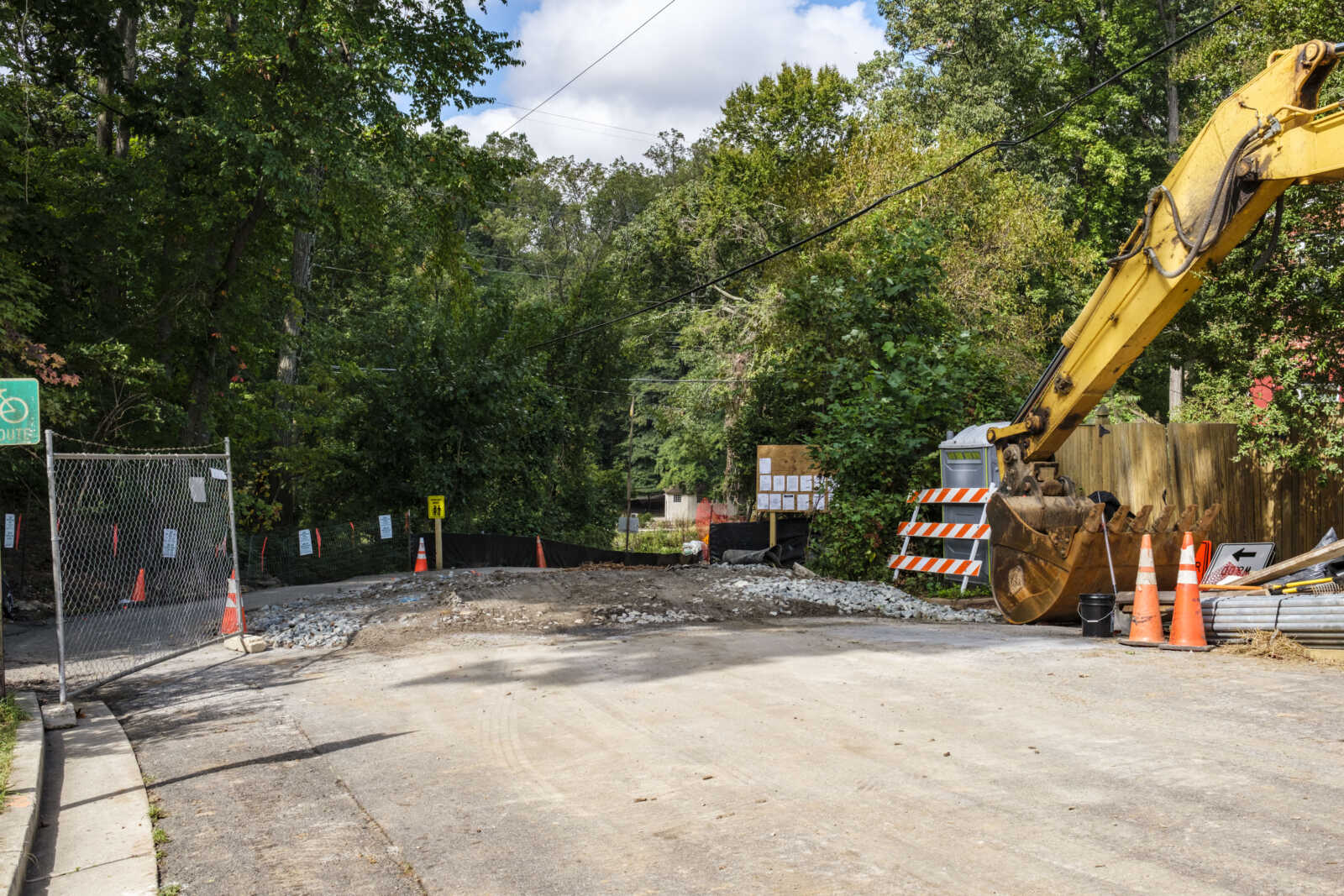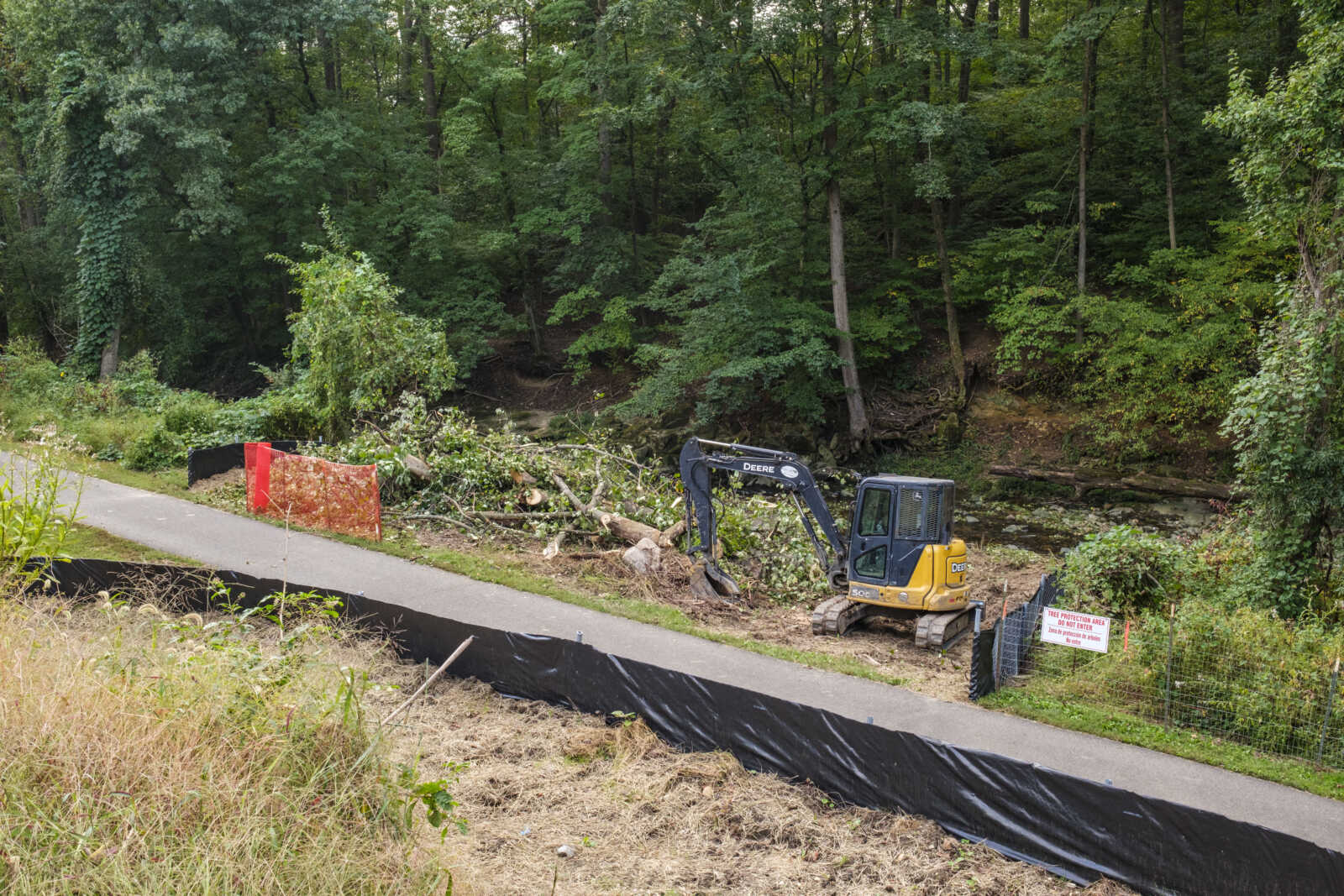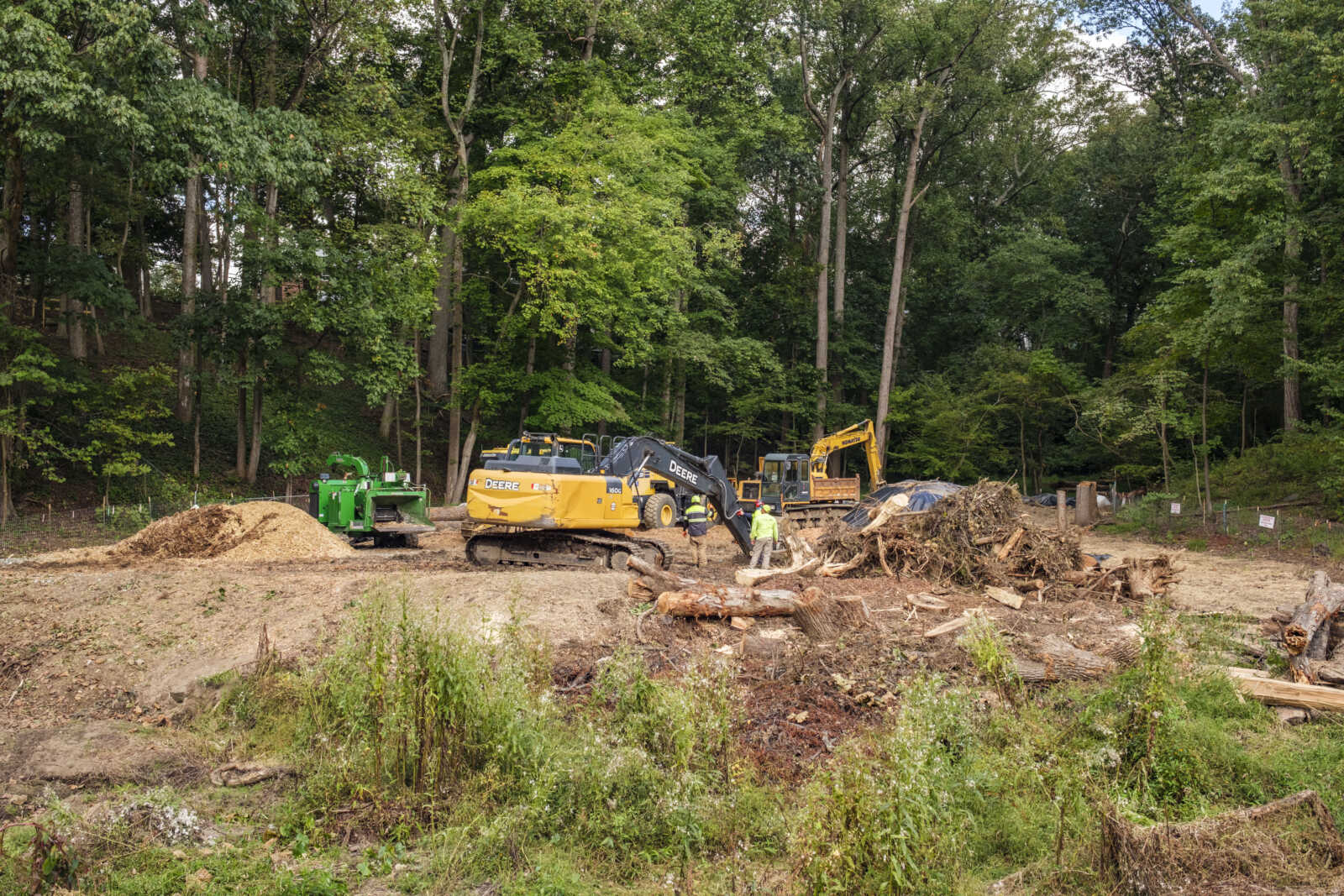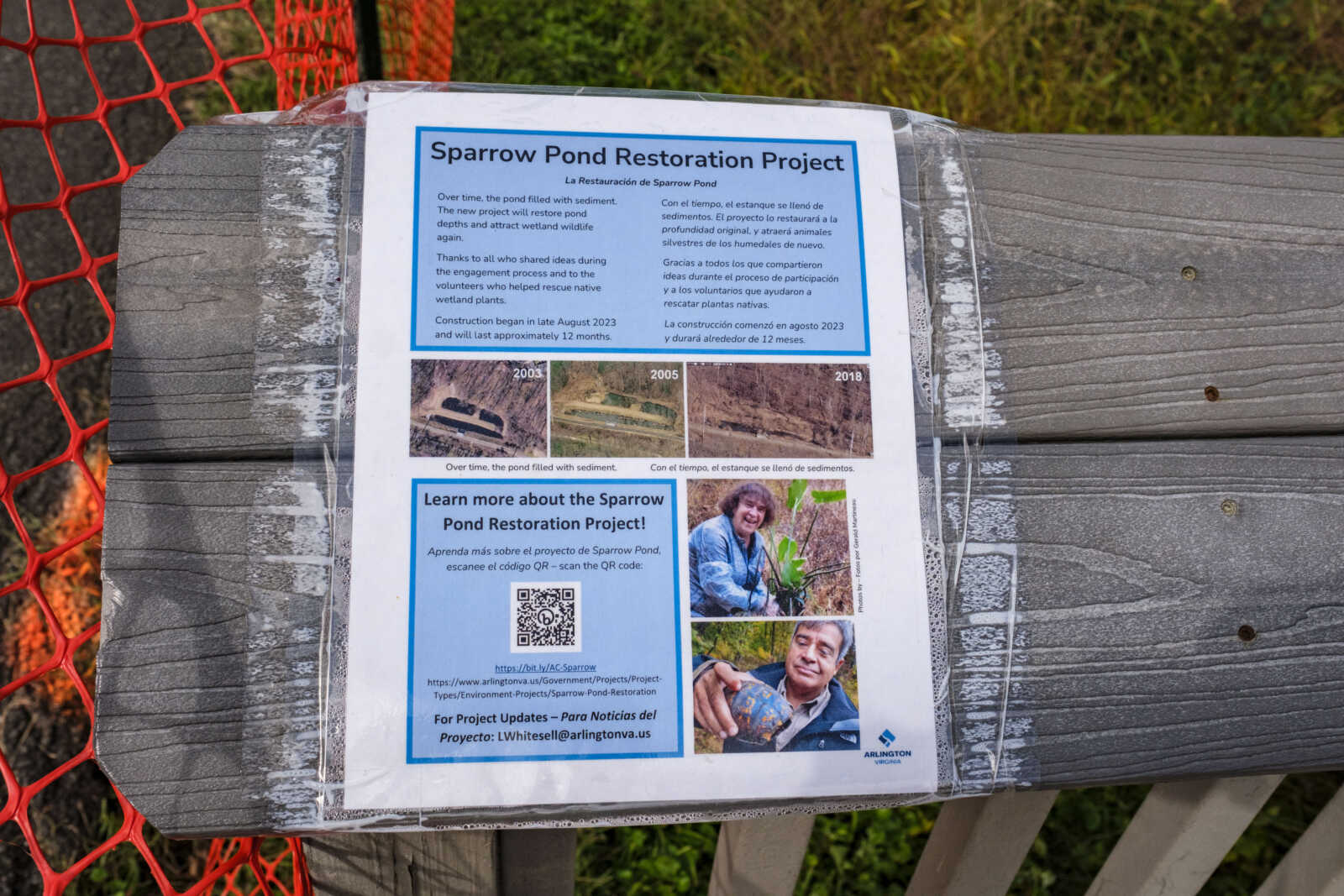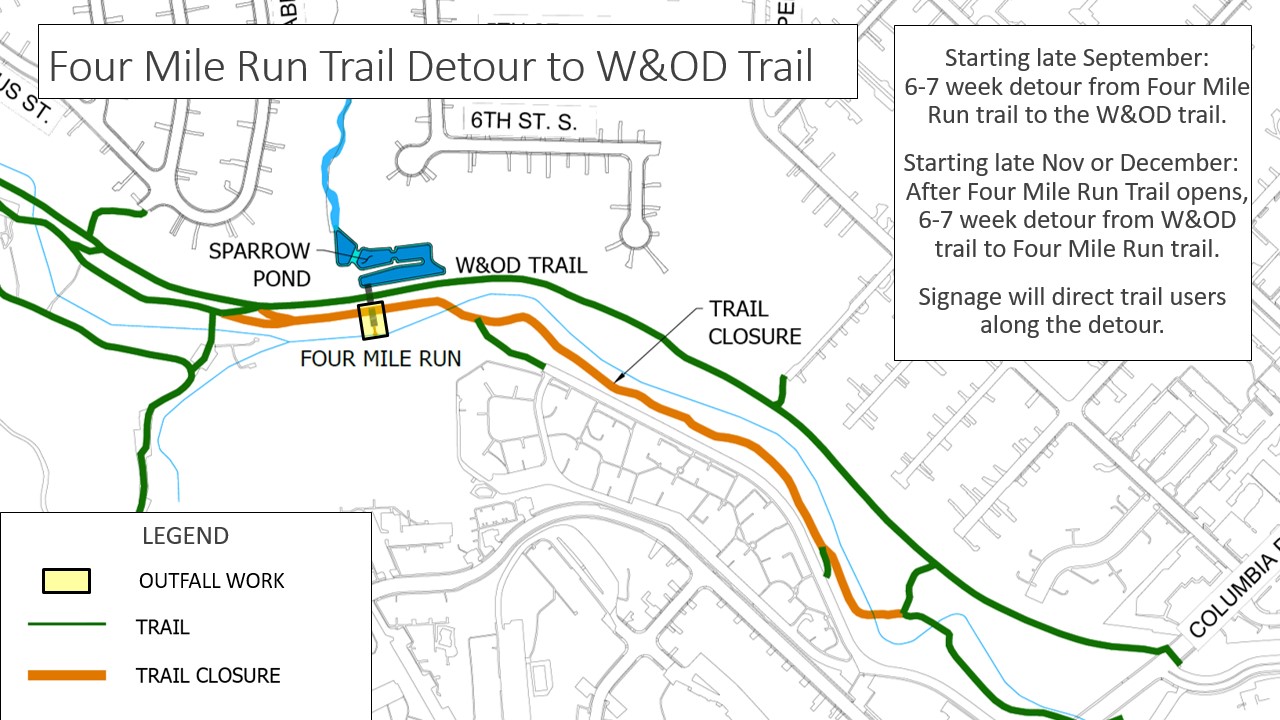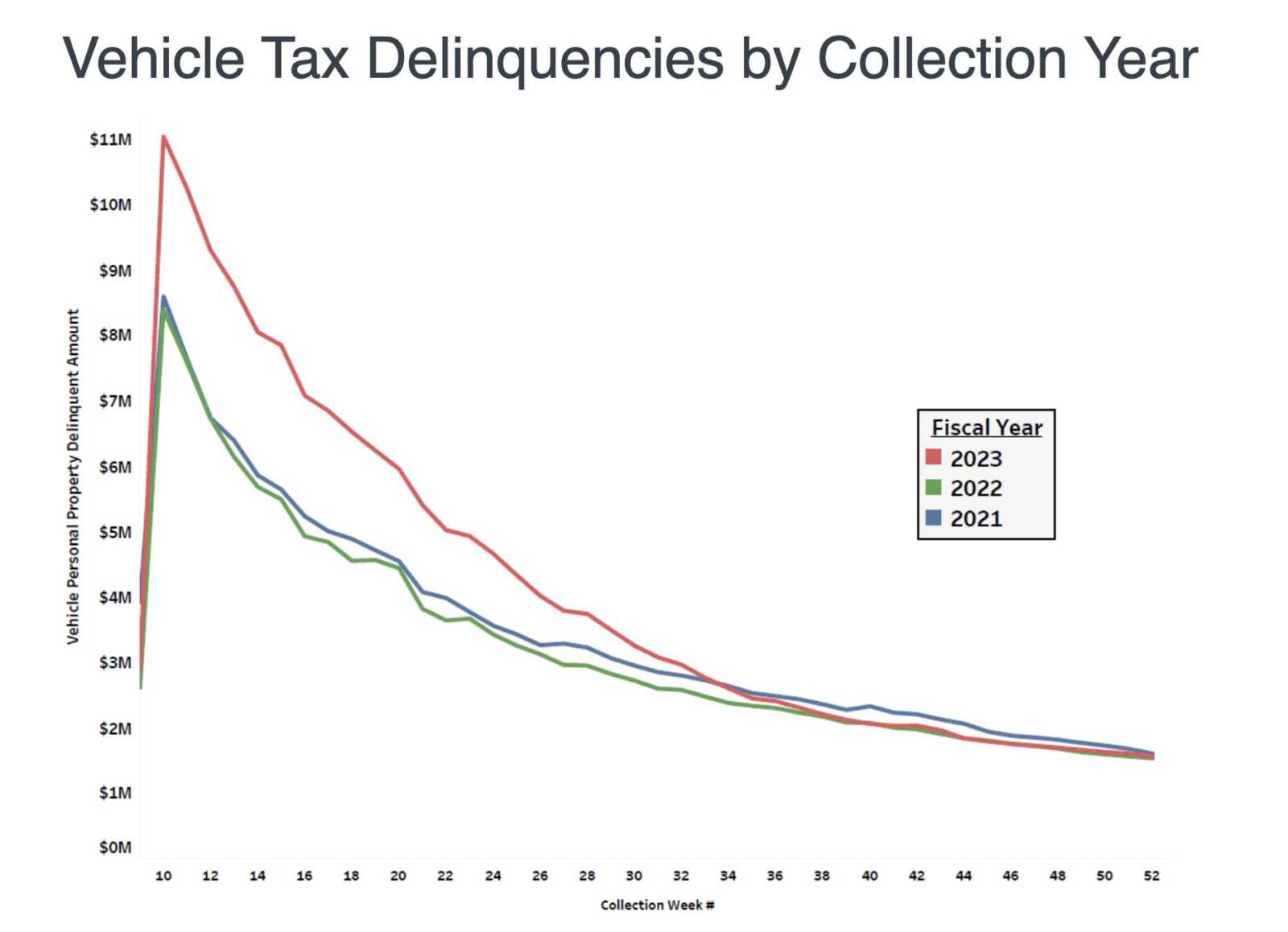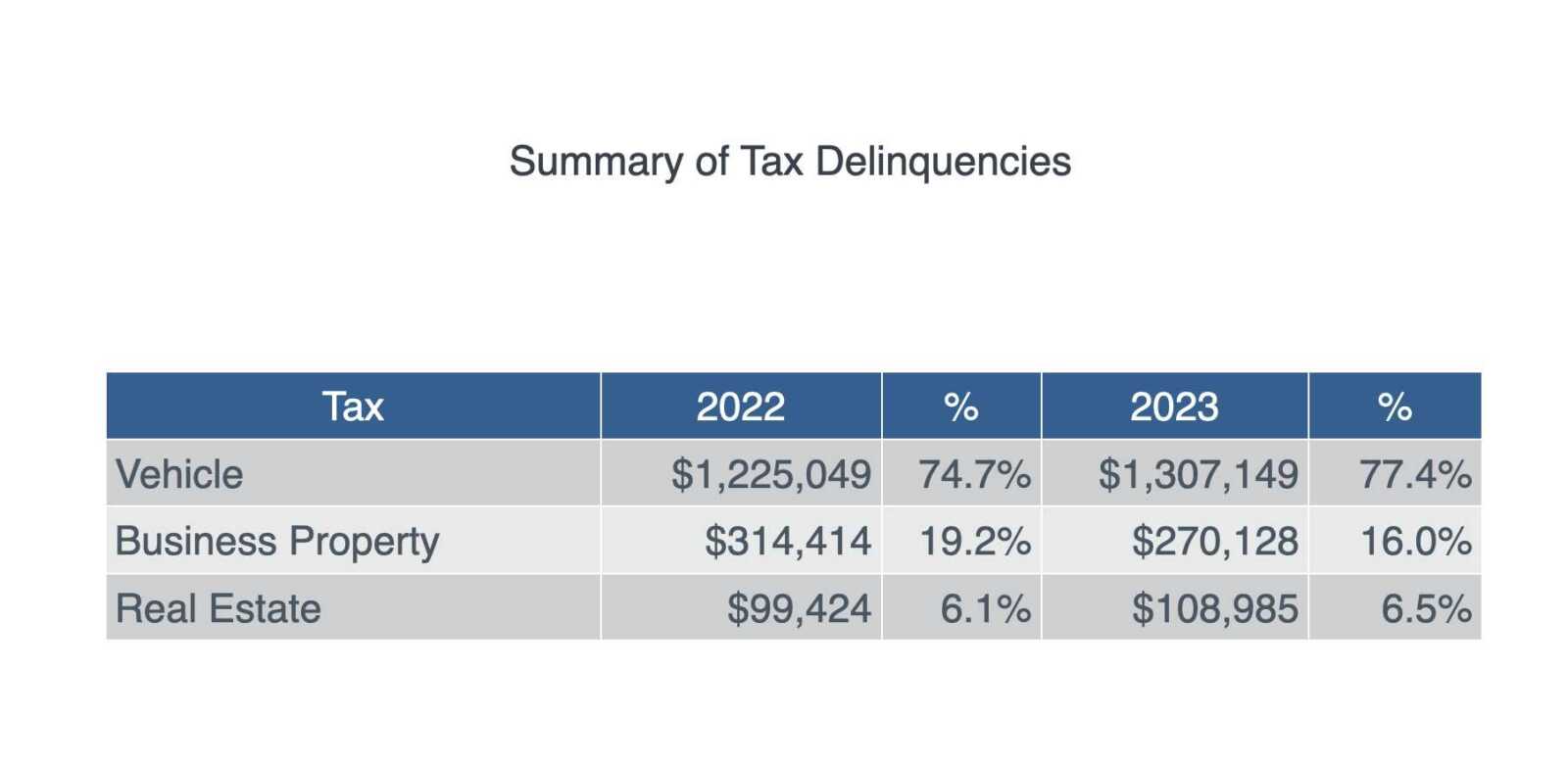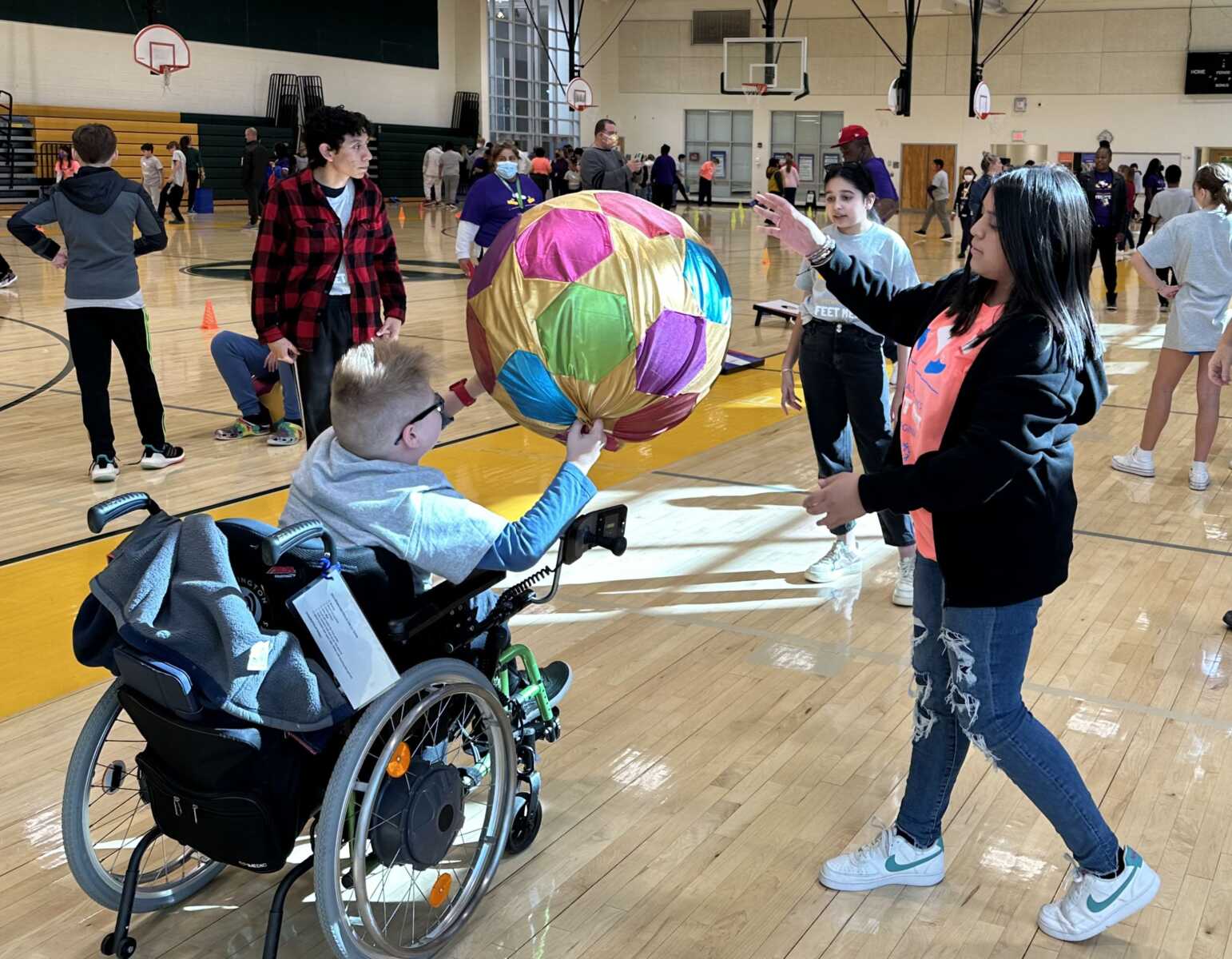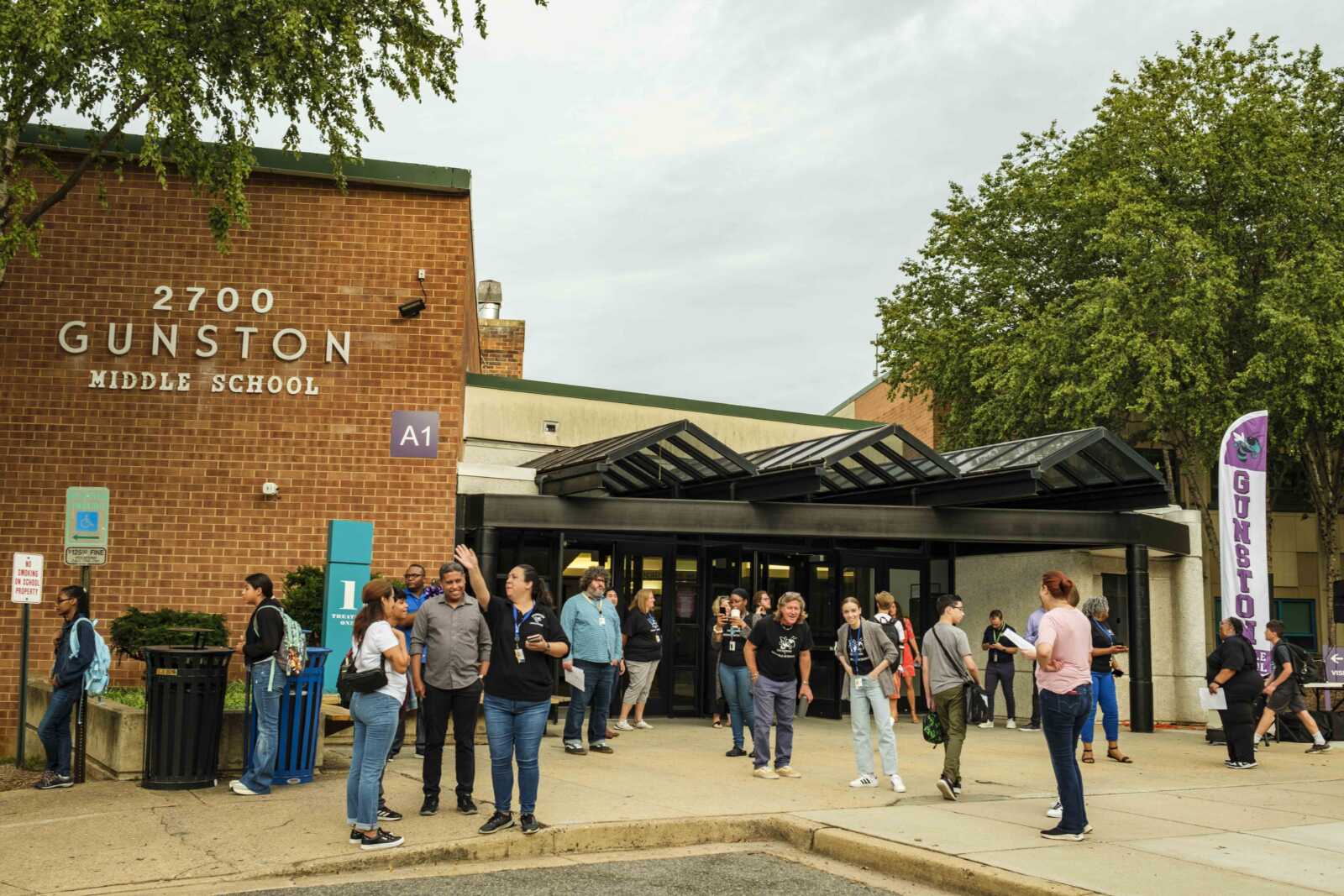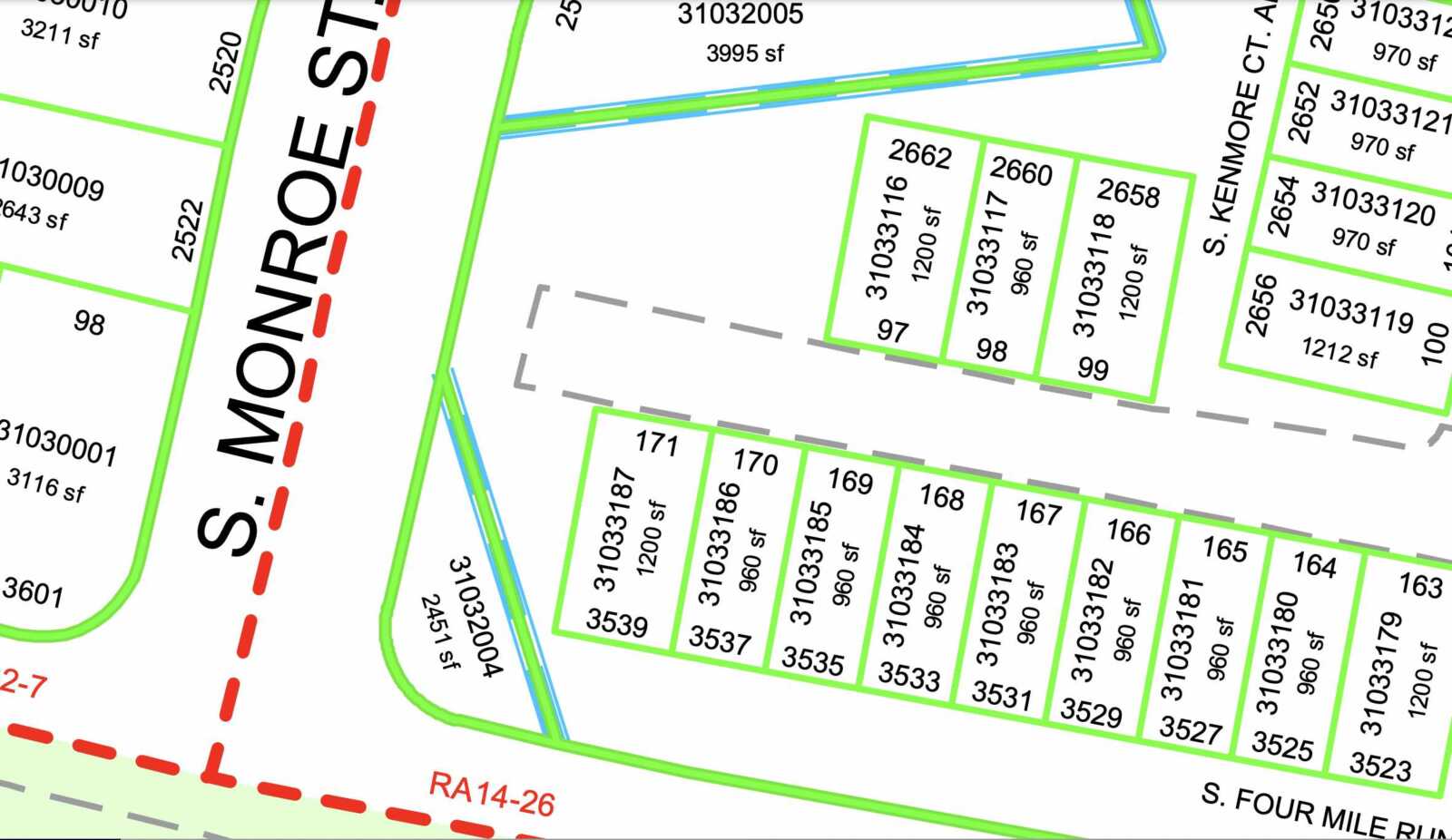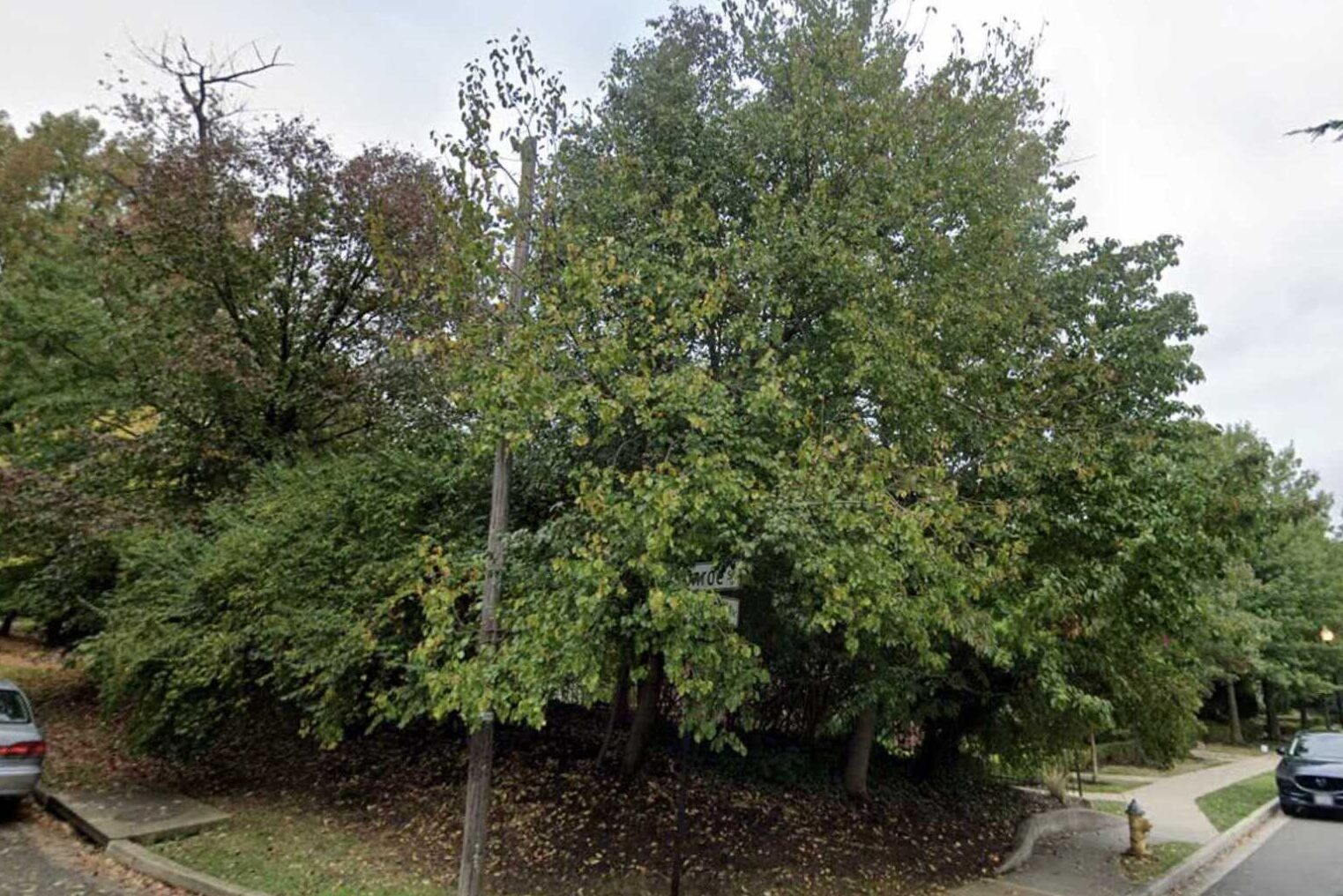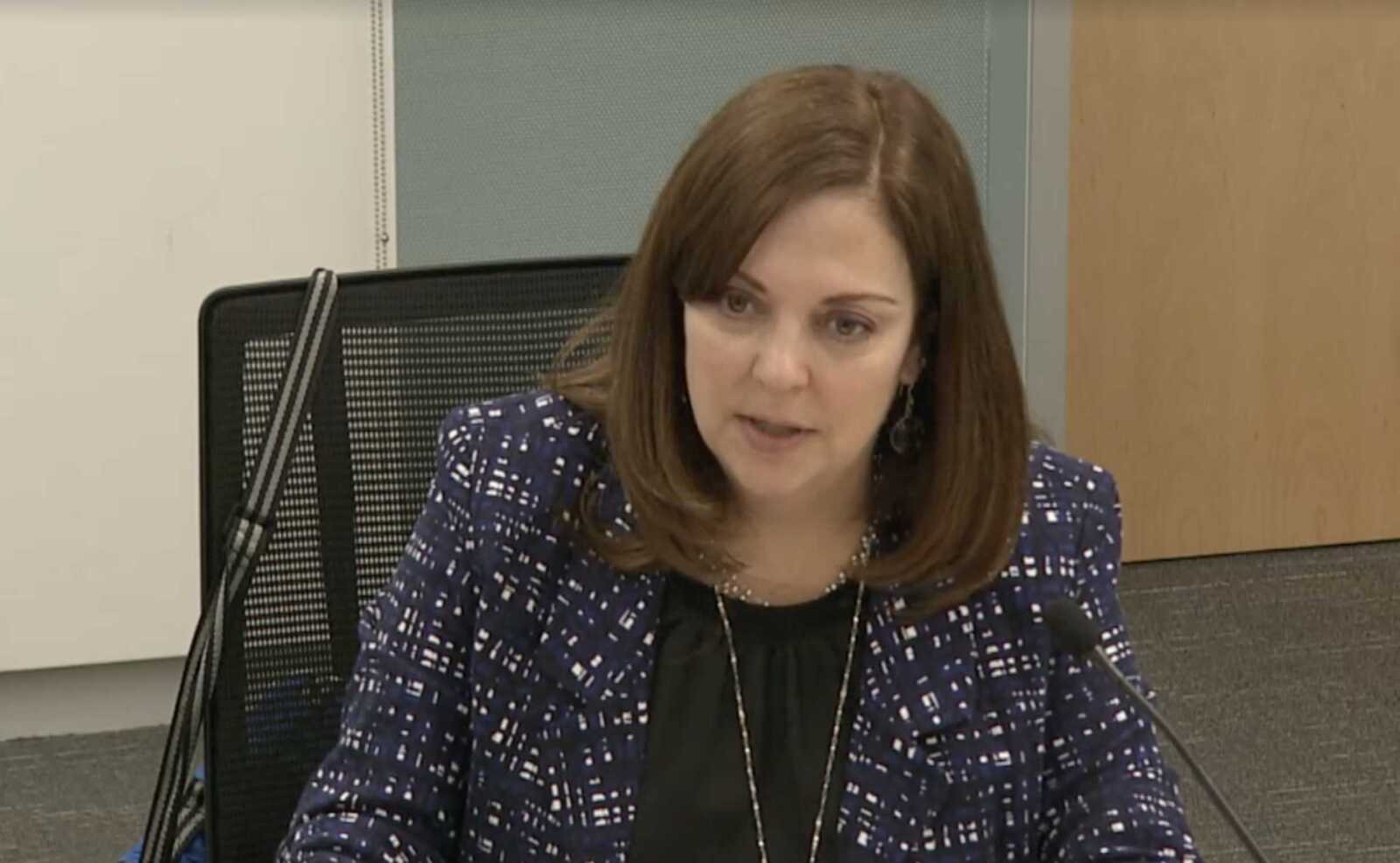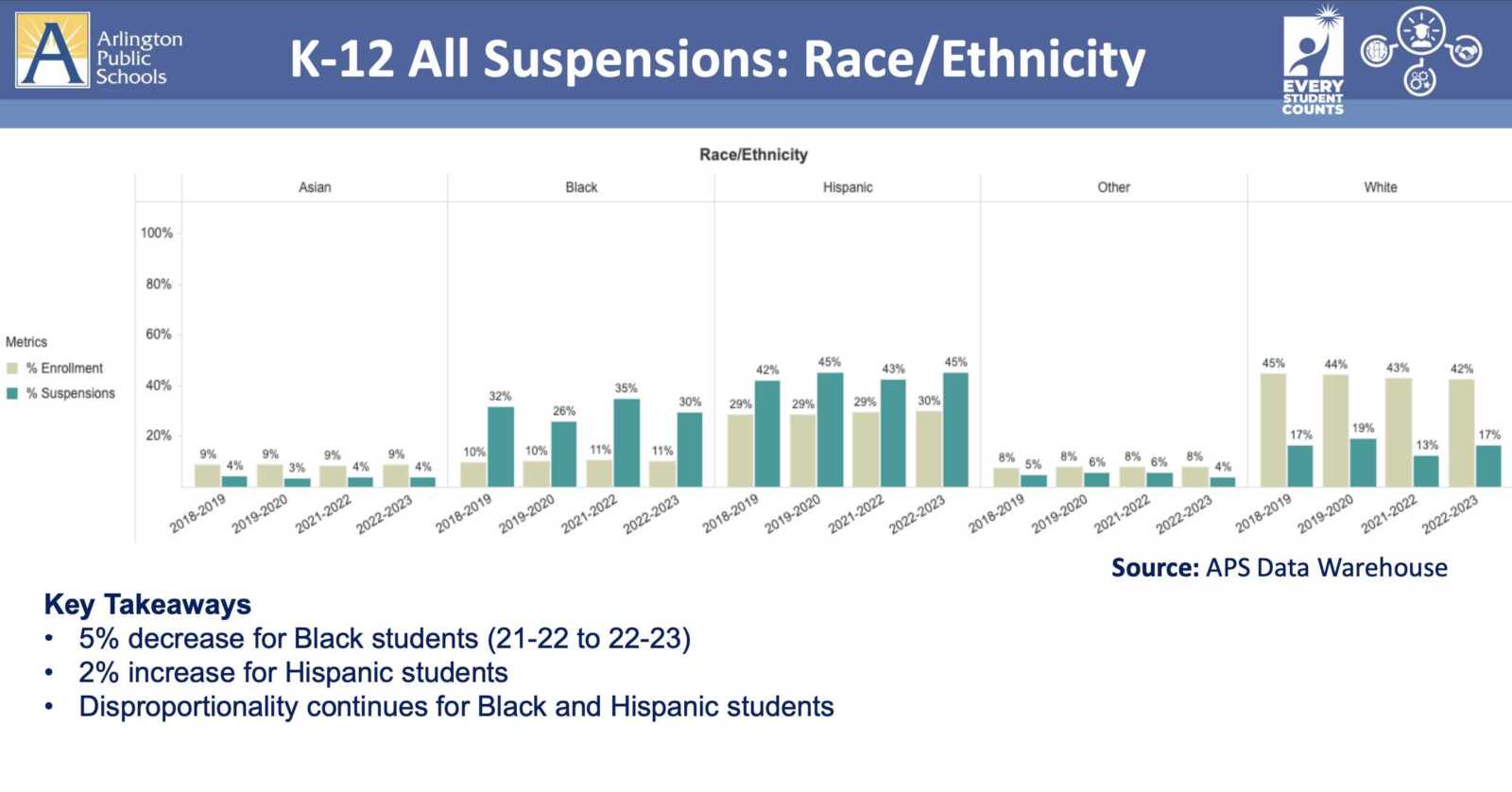Arlington County is in the early stages of designing a multi-use trail facility along Long Bridge Drive.
Now through mid-October, the county is gathering input on how people currently use this corridor, which will inform designs set for public review next spring.
The trail would connect a bike network through Crystal City to the future Long Bridge Rail Project: a planned $2.3 billion bridge over the Potomac River set to double rail capacity and provide an adjacent bike and pedestrian bridge between Crystal City and the Southwest Waterfront area of D.C.
This trail, expected to cost $7.8 million, will be a better connection to the entrance of the proposed bridge, behind the Long Bridge Aquatic Center, than the existing bike lanes along Long Bridge Drive and Long Bridge Park Esplanade, according to the county.
“Preliminary planning work has identified a need for a minimum 12′-wide multi-use trail between the new bridge and Crystal City, as this route is expected to become a major multimodal commuter route between Arlington and D.C.,” per the project webpage.
“Without this project, most commuters will likely attempt to navigate the Long Bridge Park Esplanade and walking trail, which is not intended for use as a commuter cycling route,” the site continues.

The proposed trail will link to a half-mile shared-use path on Boundary Channel Drive, being built by the Virginia Dept. of Transportation, connecting the Mount Vernon Trail to the Pentagon and Long Bridge Park.
Headed toward Crystal City, the trail will connect with a planned multi-use trail at 12th Street S. and forthcoming cycle track along Army Navy Drive.
When complete, Long Bridge Drive trail will help meet demand for more active transportation connections amid current and expected growth in Crystal City and Pentagon City, the county says. These areas are seeing significant redevelopment — largely residential — in part spurred by Amazon’s second headquarters.
“A direct link from Long Bridge Park to the Mt. Vernon Trail will dramatically improve multi-modal connections both for the immediate vicinity and for links between the regional activity centers of Crystal City, Pentagon City, [the] Pentagon, Potomac Yard and the regional trail network,” it says.
The county has set aside $7.8 million in local funds designated for infrastructure improvements in Crystal City. The project was identified for funding in the adopted 2023-32 Capital Improvement Program.
Arlington County says the trail would advance its goals to improve connections to public spaces, neighborhoods, schools and transit stations and improve safety for all road users.
“Providing a multi-use trail that fully separates people walking and biking is an essential safety tool for a corridor that provides motor vehicle access to a major interstate, especially when we anticipate a significant increase in bicycle and pedestrian traffic along the corridor in the coming years,” the county says.


